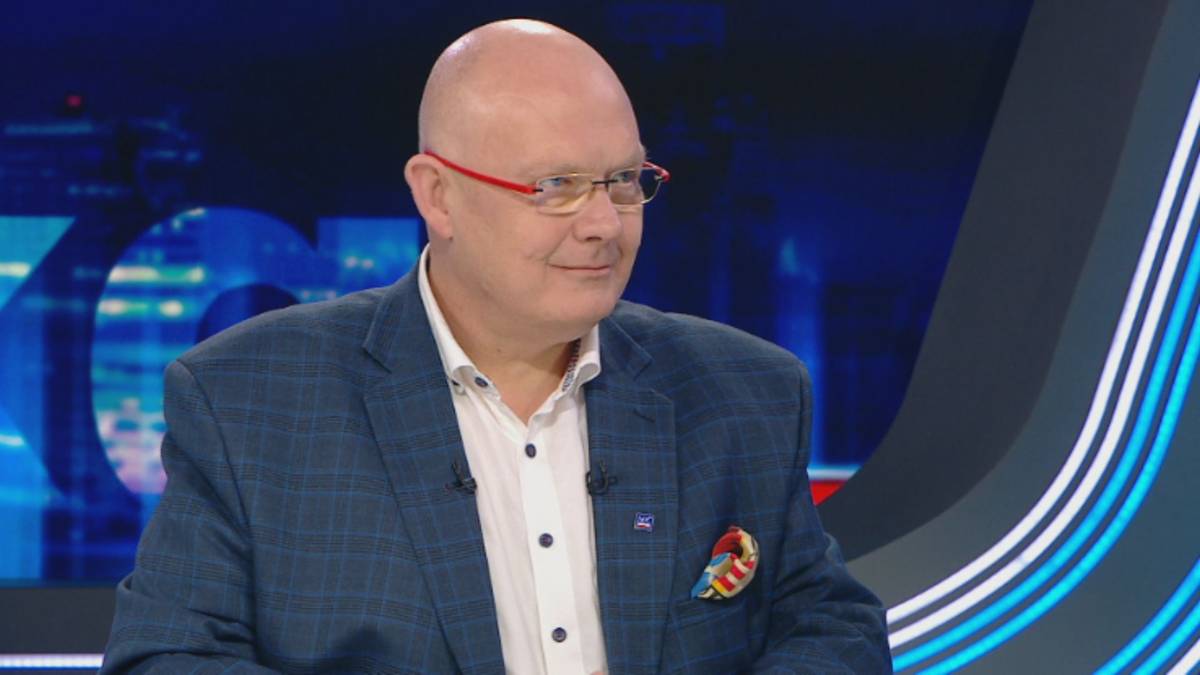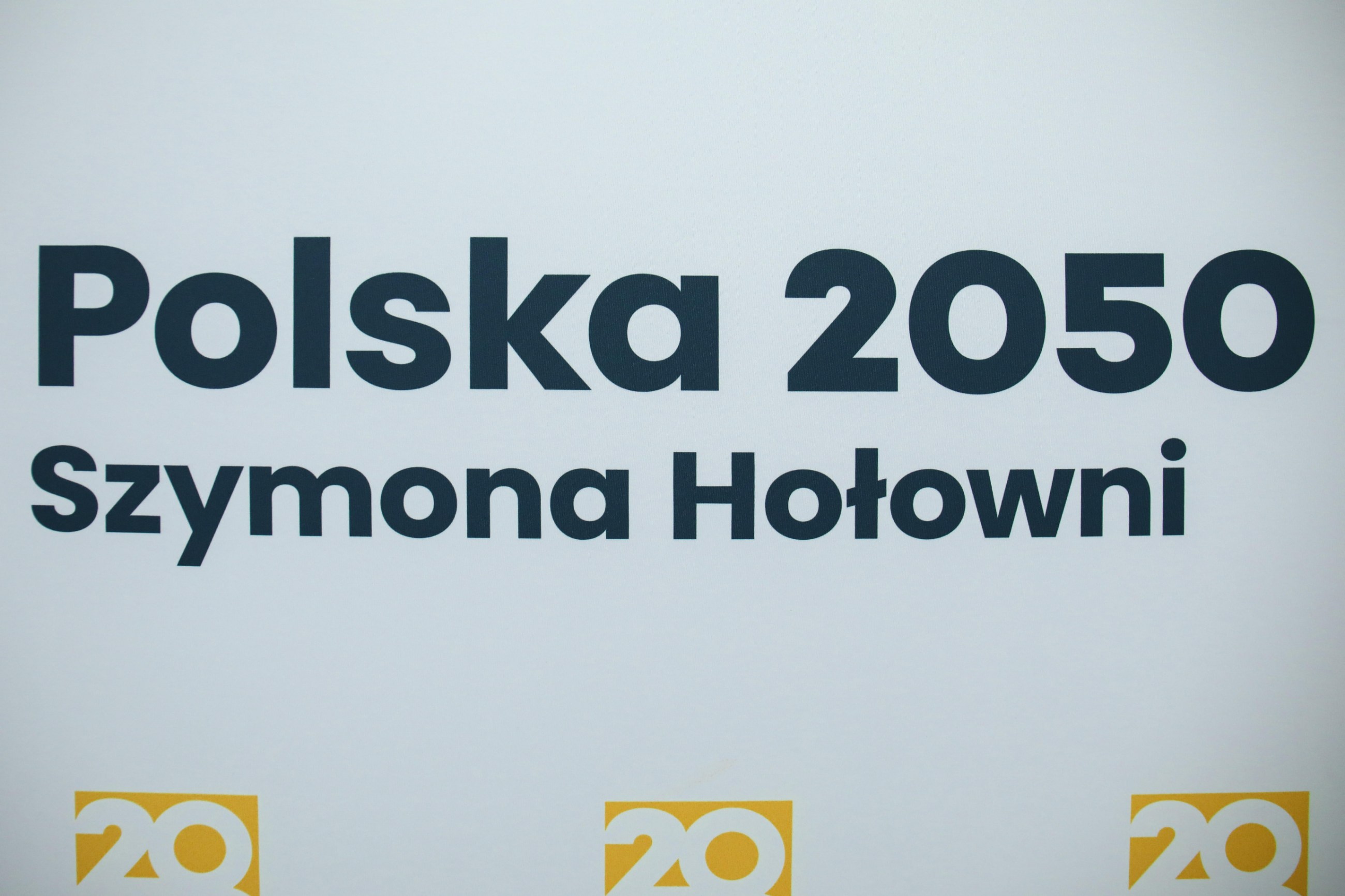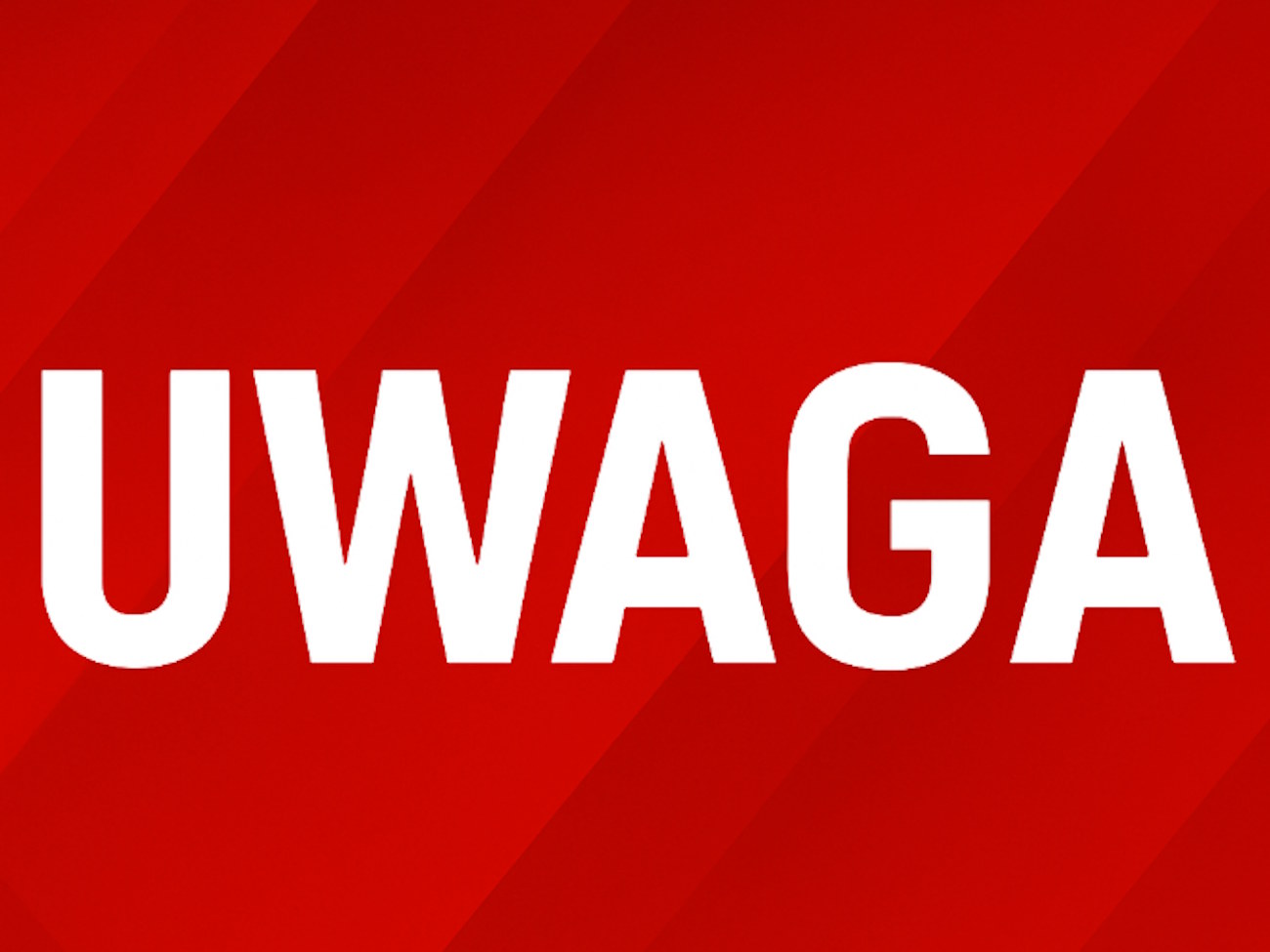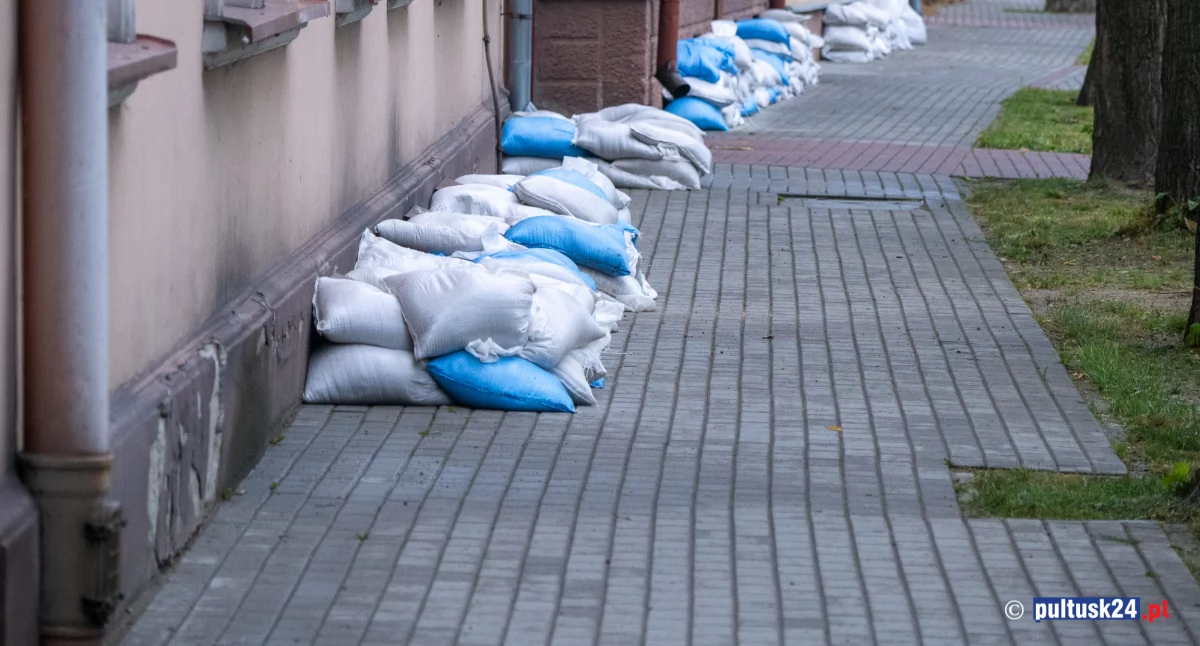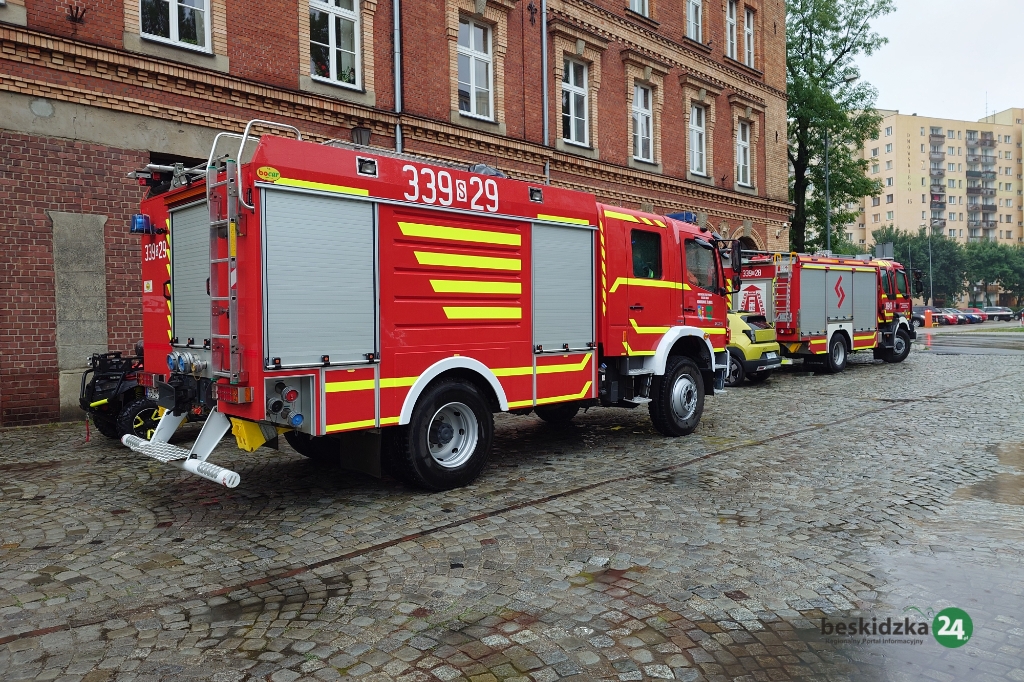What is transport exclusion? Why is the deficiency of bus and rail connections a origin in social inequality? Does this affect all residents cut off from the area in an equal way? What is the place of public transport in a free-market society and democracy that speaks of equal opportunities for all?
The Constitution of the Republic of Poland guarantees many rights to its citizens. Among them are the right to individual dignity, freedom of movement within the territory of the country, the right to wellness protection and to science, and the work of state authorities to organising assistance for people with disabilities.
What does that mean? A lot. This is much more than a collection of empty ideas and dreams seen at first glance. This is simply a substantive declaration, which translates into a promise of the developing 3rd Republic of Poland, that it will not abandon the function of a welfare state, and that it will not support the fulfilment of the assumptions set by it on a recently established free market.
However, as frequently happens with lofty promises, they were not full reflected in the reality created in the 1990s.
The systemic transformation has reduced public transport, passenger transport and even cutting local rail routes and state bus services.
Local residents, primarily located in peripheral areas, so far dependent on collective transport connections, in many cases were left to themselves, and the Polish map of collective transport covered with white spots [1]. Transport exclusion, understood as deficiency of access to public transport and deficiency of its own means of transport, has become an increasingly common problem.
The increase in the scale of communication exclusion is influenced by many factors: the deteriorating state of railway infrastructure, the inappropriate way of reforming public transport in fresh years, the fierce competition of private carriers with public transport, the systematic elimination of unprofitable, albeit from a social point of view, connections. This phenomenon presently affects around 13.8 million people in Poland [2].
The situation is serious due to the fact that the Ombudsman, Marcin Wiązek, pointed out the problem. He even proposed to establish legal provisions which would oblige the State to fulfil the minimum public service obligations to guarantee public transport [3] to citizens. According to him, specified a minimum could be based on the establishment of a set of citizens' rights to public transport, which would warrant access to the municipal, infirmary and school authorities. The RPO besides points out that, without specified requirements, the obligations of the State contained in the Constitution and the Public Transport Act will not be implemented [4].
And the exclusion of transport does not come down to a simple, one-dimensional obstacle – mobility in space. It means so much more.
It primarily concerns agrarian areas, frequently economically and spatially marginalised. The standard of surviving of residents of specified areas is determined, among others, by their ability to usage services, school education, or to work. Consequently, transport exclusion in peripheral areas is actually equal to social exclusion. It is not possible to talk about equal opportunities for all citizens – for example, from large cities and specified excluded areas – if local timetables prevent people without a driving licence and a car from reaching the clinic themselves, to study, to school or to work [5].
Footnotes:
[1] Soldatke N., Żukowska S., Polom M., 2022, The phenomenon of transport exclusion in the powiats of Puckie and Wejherowski in 2019 [in:] M. Pacuk, M. Polom (ed.), Conditions and factors for the improvement of pomorza – selected problems, Publishing home "Bernardinum", Gdańsk–Pelplin, pp. 142–159.
[2] Dulak M., Jakubowski B., 2018 Public collective transport in Poland. survey of Fall, www.klubjagiellonski.pl.
[3] [4] supply for each public transport although to the seat of the municipal authorities of its municipality – RPO on the exclusion of transport,https://samorza.pap.pl/category/updates/rpo-necessary-provide-each-transport-public-chocby-to-seat-owner. 2021.
[5] Guzik R., Kołoś A. 2021 The availability of agrarian areas to powiat cities in Poland by public transport in 2019, Geographical Review No. 93, 2, pp. 181-206
[6] Gitkiewicz O. 2019 I will not make it, Evidence, Warsaw.
[7] Zatorska Mazurkiewicz A. 2016 Women's work in economics explanation position of mainstream economics and feminist economics Publications of the Jagiellonian University, Kraków.
[8] Guzik R., Kołoś A. 2021 The availability of agrarian areas to powiat cities in Poland by public transport in 2019, Geographical Review No. 93, 2, pp. 181-206
[9] Soldatke N., Żukowska S., Polom M., 2022, The phenomenon of transport exclusion in the powiats of Puckie and Wejherowski in 2019 [in:] M. Pacuk, M. Polom (ed.), Conditions and factors of improvement of pomorza – selected problems, Publishing home "Bernardinum", Gdańsk–Pelplin, pp. 142–159.
[10] Hoff N. 2022 Transport exclusion and strategy ways of overcoming its Yearbooks of Legal Sciences, Vol. 32, No. 1, pp. 23-40.

